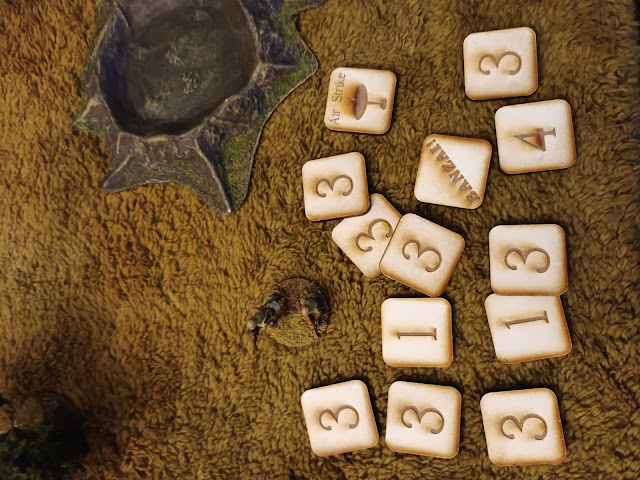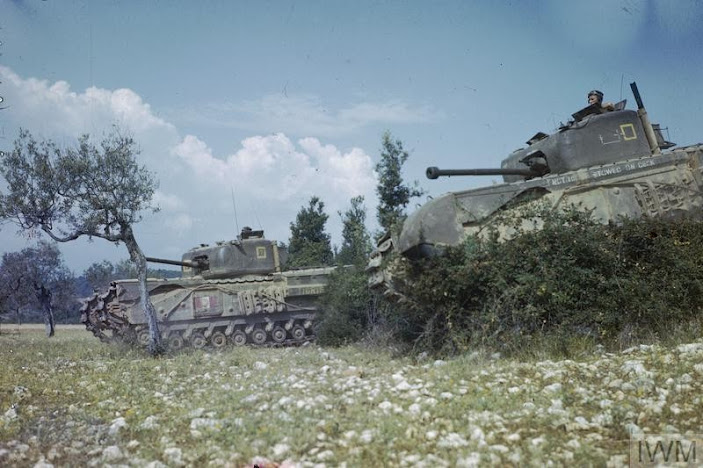Time to improve terrain. Fields and gardens on an old piece of hardboard. Corrugated paper then textured and spray painted. Plants from scatter static grass on lines of PVA. Grass tuft in rows and green paint soaked sponge and pieces of clump foliage. Fences a mix of plant ties and bamboo skewers for the hurdles and garden thyme stripped of leaves to be the brush in the brushwood fences. a mixture of open field and fenced gardens house at the cetre of a fenced gardens and crop fileds Patchwork of fields - the irrigation ditch is scratch built from acrylic sheets Vines in a ploughed field - vines scratch built from pipe cleaners Patchwork of gardens the pigsty is bought from Hovels yonks ago Brush wood fence some scattered static grass used for young crops Ploughed field with orchard trees A series of the fields to make a patchwork close to a village ploughed field with shredded sponge cabbages A mix of lants made of clump folia...




















Comments
Post a Comment